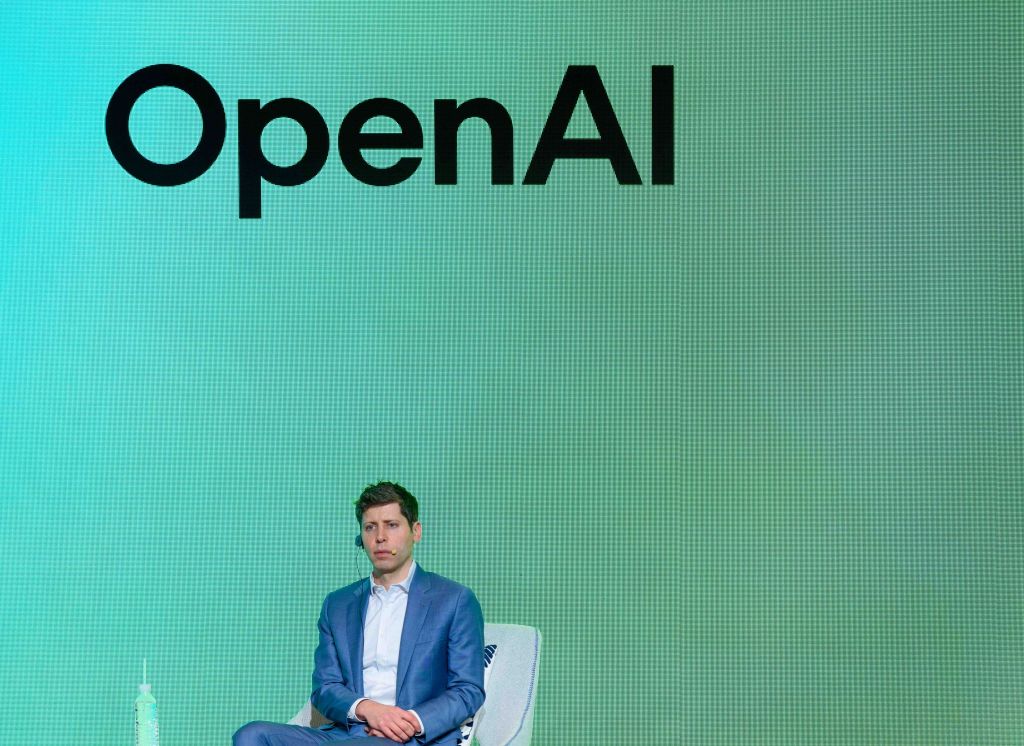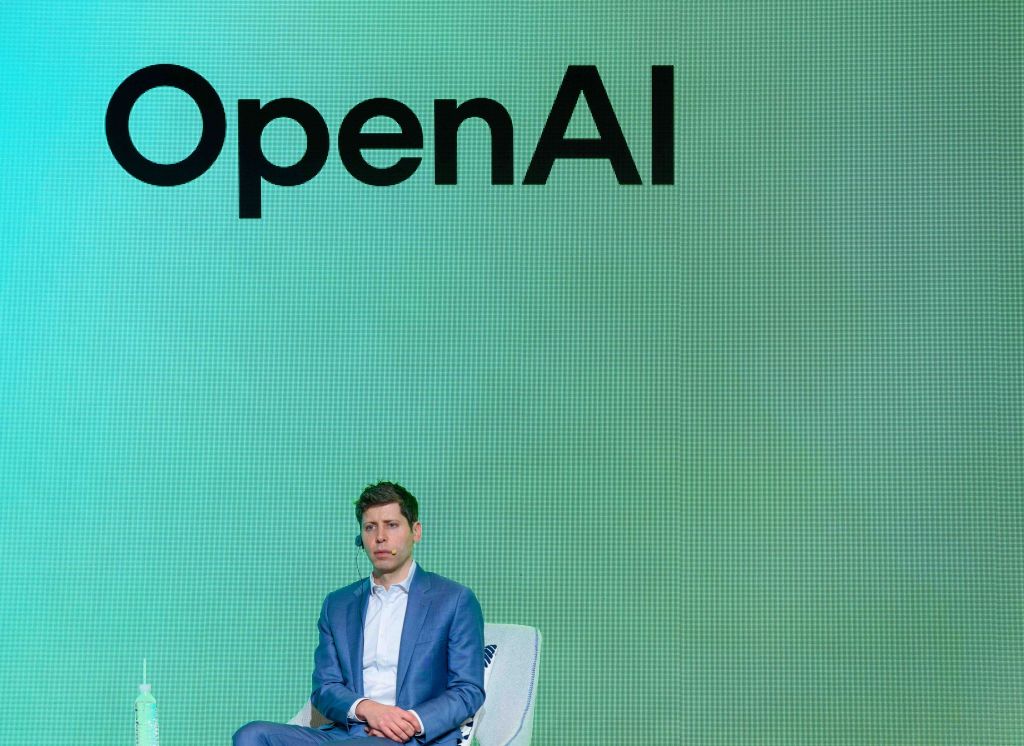Key Points
- OpenAI splits into a public‑benefit corporation (OpenAI Group) and a controlling non‑profit foundation.
- The OpenAI Foundation retains a 26% stake and a warrant for additional shares.
- Microsoft holds roughly 27% of the for‑profit entity, valued at about $135 billion.
- SoftBank contributes $30 billion contingent on the for‑profit conversion.
- California and Delaware attorneys general approved the deal with risk‑mitigation conditions.
- Bret Taylor emphasized aligning AI development with collective interests.
- Sam Altman scheduled a public livestream to answer questions about the transition.
- An independent expert panel will verify any claim of achieving artificial general intelligence.

Recapitalization Overview
OpenAI disclosed that it has finalized a complex recapitalization process, splitting the organization into two entities: a public‑benefit corporation called OpenAI Group and a non‑profit entity known as the OpenAI Foundation. The Foundation retains legal control over the for‑profit Group, which can now raise funding and pursue acquisitions without the equity restrictions that previously limited the organization.
Ownership Structure and Stake Distribution
Under the new arrangement, the OpenAI Foundation holds a 26% equity stake in OpenAI Group and possesses a warrant for additional shares if the company continues to grow. Microsoft, an early investor, now holds roughly a 27% stake, valued at about $135 billion. The remaining 47% of the for‑profit entity is owned by a combination of other investors and OpenAI employees.
Investor Contributions and Commitments
SoftBank announced a $30 billion investment contingent on the successful conversion to a for‑profit model. This substantial capital injection was a key factor enabling the recapitalization. Microsoft also extended its intellectual‑property rights to OpenAI’s models through 2032 as part of the deal.
Regulatory Review and Public Commitments
The recapitalization faced scrutiny from the attorneys general of California and Delaware. Both offices ultimately allowed the process to proceed, subject to conditions. California’s agreement requires OpenAI to continue measures that mitigate risks to teens and other users in connection with AI development and deployment. The companies involved cited these discussions as influencing positive changes to the structure.
Leadership Perspectives
OpenAI chairman Bret Taylor highlighted the importance of aligning powerful technology with collective interests, stating that the new structure empowers the organization to push the AI frontier while ensuring progress serves everyone. CEO Sam Altman announced an open livestream with chief scientist Jakub Pachocki to field public questions about the transition, scheduled for 10:30 a.m. Pacific Time.
Future Governance and Oversight
The arrangement includes a provision that, should OpenAI claim to have achieved artificial general intelligence, an independent expert panel must verify the claim. This oversight mechanism is intended to maintain transparency and accountability as the organization advances its research.
Public and Industry Reaction
Industry observers noted that the recapitalization resolves longstanding tensions between the non‑profit origins of OpenAI and the capital demands of large‑scale AI development. The move is seen as a pivotal step that balances the need for substantial funding with a governance model that retains public‑benefit oversight.
Source: techcrunch.com
